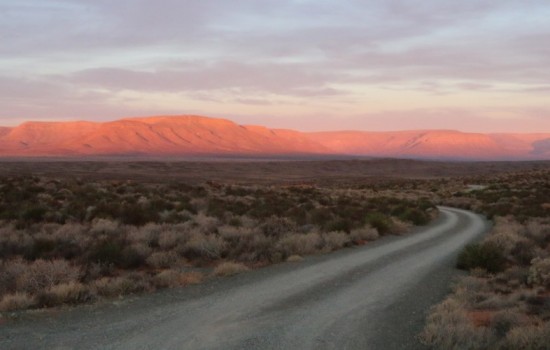Karoo National Park
Als erkent agent voor SAN Parks (South Africa National Parks) beschikken wij over een wijde kennis. Daarom kunnen wij alle accommodaties inclusief wild ritten (safari’s) en andere activiteiten vooraf boeken. Alle diensten en adviezen zijn gratis en zonder verdere verplichtingen.


Towards late afternoon, the great, unyielding canopy slowly softens its fierceness, and from pastel shades of pink and blue, the colours deepen, setting the endless Karoo canvas ablaze with glorious hues of orange and red. The Great Karoo is a vast and unforgiving landscape of which the Karoo National Park is but a small portion. Being the largest ecosystem in South Africa, the Karoo is home to a fascinating diversity of life, all having adapted to survive in these harsh conditions. Karoo National Park is dominated by the lofty Nuweveld Mountains and rolling plains, where many species that originally occurred here now occupy their former ranges.
The Karoo National Park has a wide variety of endemic wildlife. Many species have been relocated to their former ranges – such as black rhino and buffalo, as well as Cape mountain zebra. Over 20 breeding pairs of black eagle find sanctuary within the park. There is also a wide diversity of succulent plants and small reptiles.


Areas Of Special Interest
• The Klipspringer Mountain Pass not only provides visitors with spectacular views, but the pass is also an example of civil engineering toil and precision.
Things to Seek
1) Black Eagle – with around 20 pairs of these eagles breeding, the park can lay claim to one of the highest densities of this regal species in Africa
2) Tortoises – the park hosts 5 different species, the highest density of species per equivalent area anywhere in the world
3) Cape Mountain Zebra – this species came close to extinction early in the 20th Century. It is well established in the park and visitors have the opportunity to compare its bold stripe pattern to that of the “quagga” strain
4) Springbok – the emblem of the park and present in high numbers. This is a reminder of the once massive herds that crossed the Karoo on annual migration that could stretch for several kilometres.


